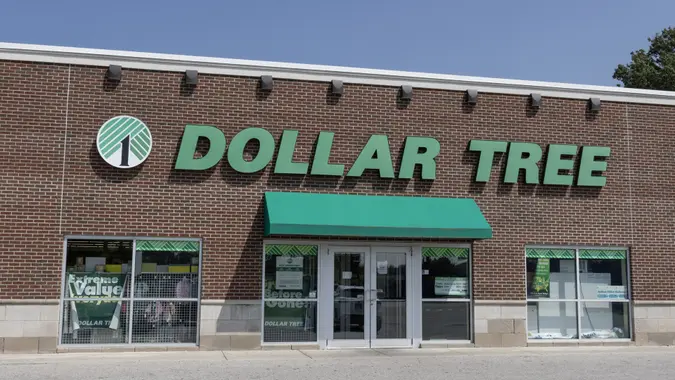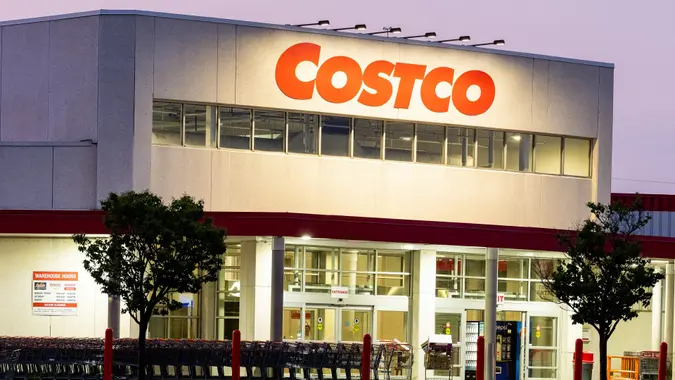Celebrating ‘Dry January’? Here’s How Much You Could End Up Saving

Commitment to Our Readers
GOBankingRates' editorial team is committed to bringing you unbiased reviews and information. We use data-driven methodologies to evaluate financial products and services - our reviews and ratings are not influenced by advertisers. You can read more about our editorial guidelines and our products and services review methodology.

20 Years
Helping You Live Richer

Reviewed
by Experts

Trusted by
Millions of Readers
Following the rise in alcohol consumption during the COVID-19 pandemic, which studies show persisted through 2022, Americans are beginning to cut back on their drinking in 2025 — and that could save them money.
A study from Keck Medicine of USC found that heavy alcohol use increased by 20% between 2018 and 2020, while any alcohol use rose by 4% during that time period. Those increases persisted through 2022, according to the study.
In 2025, on the heels of the U.S. Surgeon General warning about the links between alcohol consumption and increased cancer risk, more Americans are trying to cut back. Alcohol use appears to be the third most preventable cause of cancer in the U.S., behind tobacco and obesity, according to a press release issued by the U.S. Department of Health and Human Services.
Even before the Surgeon General issued the advisory, though, Americans were starting to cut back. One Gallup poll showed that the amount of Americans who drink is down to 58% in 2025, the smallest number since 1996. Additionally, 41% of Americans who drink said they want to drink less, according to a survey from NCSolutions.com.
For many Americans, cutting back or abstaining starts with one simple step. Participating in Dry January can help build better habits around drinking, reduce calories at a time when many people are also trying to lose weight and even help save money.
Dry January Savings
According to a Morning Consult report, 22% of adults aged 21 and over said they are participating in Dry January this year, up 5% from last year. How much money will they save?
GOBankingRates calculated costs based on adults who drink roughly 12 alcoholic beverages per week, which was close to the national average in 2021, the most recent year that Pew Research collected data.
In the chart below, see how much money you’d save if you eliminated alcoholic beverages at home or in restaurants and drank seltzer water, instead — savings are based on the Amazon price of Polar Seltzer Water: $0.47 for a 12-ounce serving, or $5.64 for 12 drinks in a week.
Please note that drink costs vary widely, so the chart reflects national averages whenever possible and includes wine and beer only. Taxes and tips were not included, as these also vary by state.
If you’re celebrating Dry January, especially if you previously indulged in restaurant wine, consider depositing that savings into one of the best high-yield savings accounts for 2025 and watch your money grow.
| Budweiser Can, 12 ounces | Bud Lite Draft From Bar, 16 ounces | Average White Wine per Glass at Home | Most Popular White Wine per Glass at a Restaurant | |
|---|---|---|---|---|
| Cost per Serving | 73 cents | $4.19 | $3.60 | $8 |
| Cost per Week | $8.76 | $50.28 | $43.20 | $96 |
| Savings From Drinking Water: | $3.12 | $44.64 | $37.56 | $90.36 |
Editor’s note: Alcoholic beverage prices were sourced from Walmart, Vivino, VinePair and Backbar and may vary depending on location.
More From GOBankingRates
 Written by
Written by  Edited by
Edited by 

























